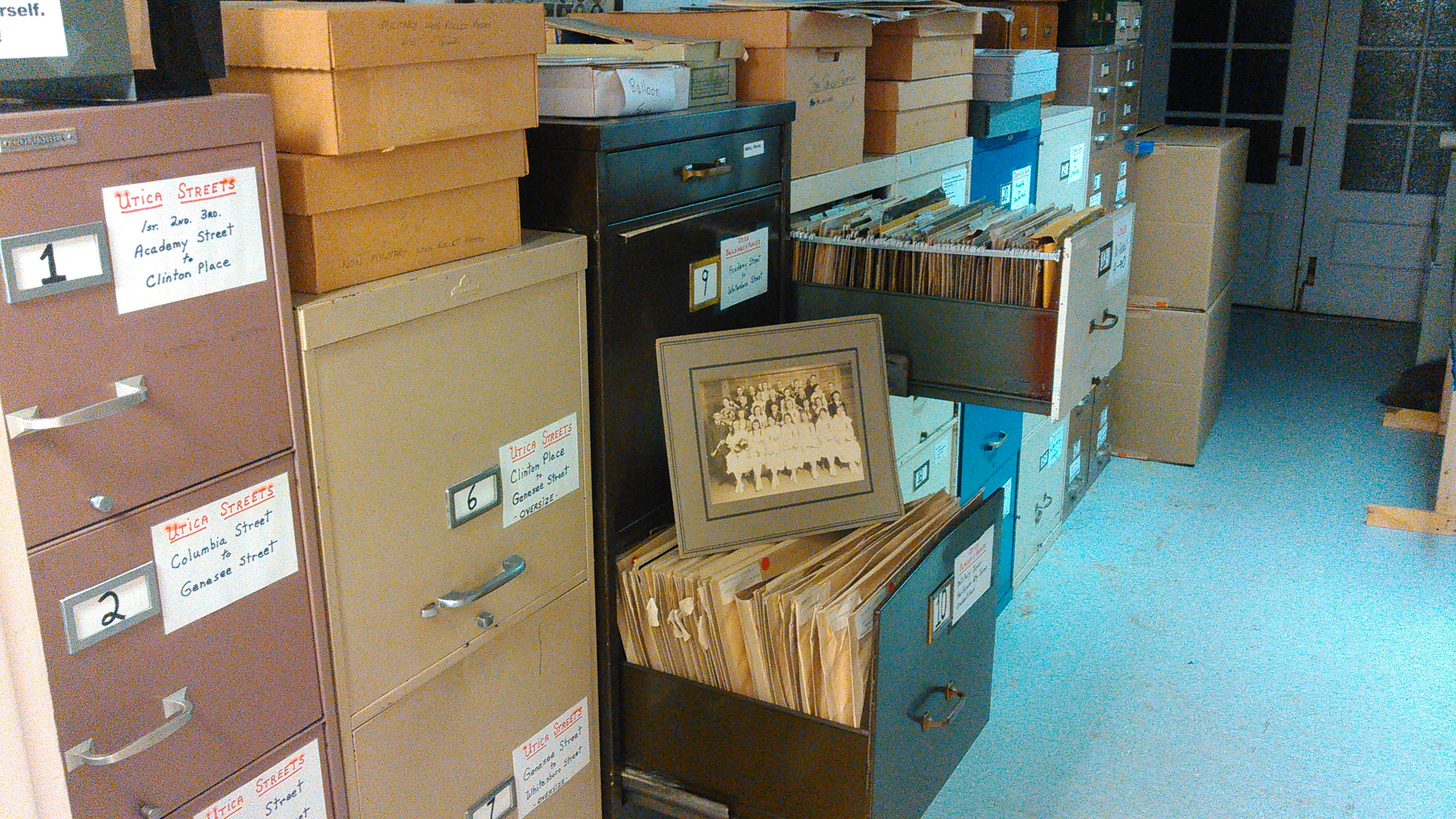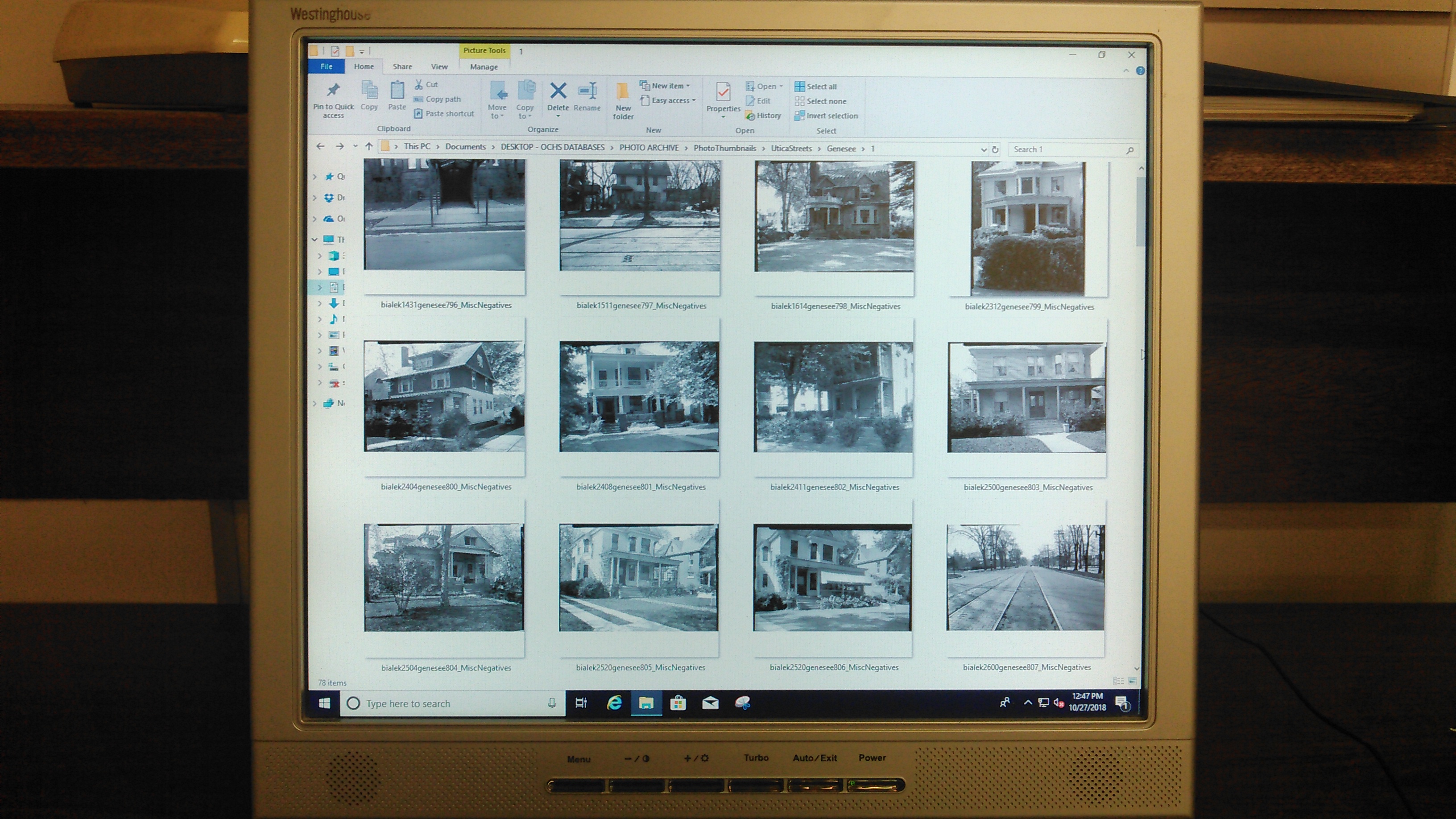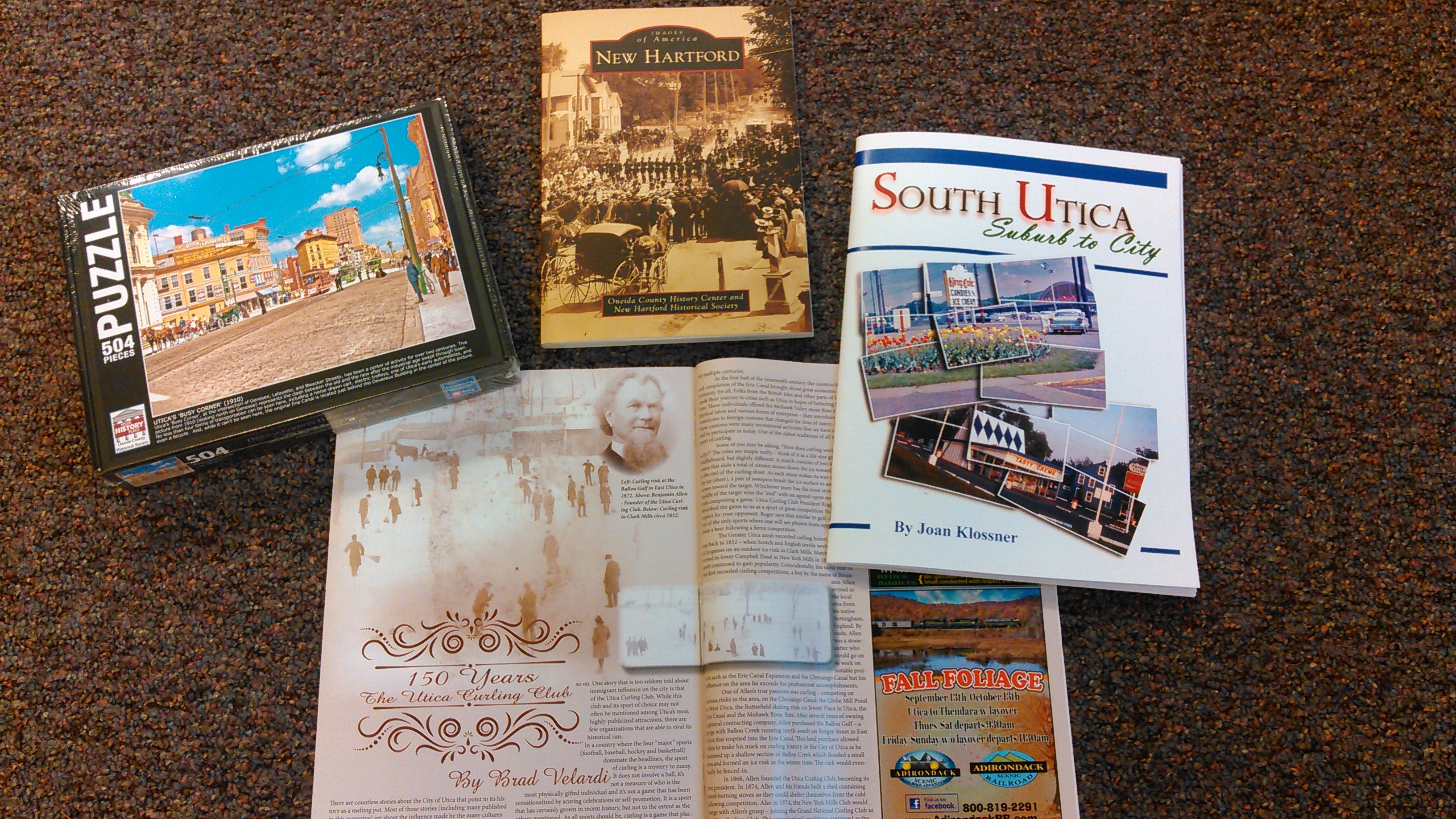by Brian Howard, Executive Director, Oneida County History Center
I’ll start by stating the obvious--the arrival of the digital age over the last 15-20 years has been nothing short of revolutionary in its impact. The Internet has fundamentally changed the way people access information, and the effects on museums, historical societies, archives, and libraries has been profound.
By and large, researchers are no longer compelled to visit ‘brick and mortar’ locations to access the information they seek. Genealogists were long dependent on historical societies and libraries for unique content--most of which can now be found on ancestry.com. To survive, our field has been forced to adapt. Smaller organizations, especially, have little choice other than to change or face extinction. That said, I am convinced that organizations like ours can continue to play a vital role in their communities. While nonprofits of all stripes need to be nimble in today’s marketplace, I’ll focus on what I know best—the experience of small museums and historical societies. But the lessons here should be applicable across many organizations.
SERVING THE COMMUNITY
Community service is at the heart of most small museums. Most draw their visitation and support from the immediate locale or a specific interest group; few are compelling enough to bring in the throngs of tourists envisioned in the literature touted by our local Tourism Promotion Agencies. Rather than focus on bringing busloads of foreign tourists through the doors, I think it makes more sense for small facilities to innovate within the ‘box’ that defines their community.
focus on bringing busloads of foreign tourists through the doors, I think it makes more sense for small facilities to innovate within the ‘box’ that defines their community.
The Internet is a virtually limitless source of content but not context. Say what you will about the value of online ‘communities’, they are no substitute for face-to-face interaction. Our public programming presents an opportunity to unite visitors via a common experience or dialogue.
History exhibitions that link the past with the present are great tools to illustrate an organization’s relevance to the community. The redevelopment of inner cities and downtowns which were virtually abandoned in the 1960s and ‘70s occurs in the context of promoting identity. No matter how small our institutions are, we can contribute to this new approach to urban renewal by providing stories, images, and property information that reflect an area’s values and/or experience. Doing so via exhibitions provide visitors with opportunities to engage in dialogue that might not occur in an online or offsite setting.
People still desire to come together to discuss topics of mutual concern. Organizations like ours remain a great venue for authors, subject matter experts, artists, and enthusiasts to interact with a live audience. Welcome them, frequently. Don’t shy away from hosting political debates. Ask to host naturalization ceremonies for new citizens. More than anything, promote your organization as a vital physical and cultural resource in the community.
COLLECTIONS ACCESS
While times and technologies change, access to collections remains vital to museums. Directors, curators, and designers (often, these are the same person) are constantly challenged to share their materials in new and innovative ways. Traditional exhibits and conducting paper-based research haven’t fallen completely out of vogue, but both have been somewhat marginalized in the digital age. The internet has been so pervasive in its reach that to deny its impact is counterproductive.
The need to digitize our collections should be self-evident. In the ‘old days’ (like the 1990s...) this involved contracting with a firm to photograph and transfer documents onto microfilm. While this is still done, albeit digitally now, the proliferation of low-cost, highly capable scanners has seen this process move in house. At my organization our digitization effort began a decade ago, and the impact has been profound.

Since 2009 we have scanned over 30,000 images. They were in all formats—prints, nitrate film, glass plate negatives, and more. The main archive is housed on our server with backup copies on DVD. One set of disks is housed on site and another is in a safety deposit box at a local bank. The originals are preserved here, too, but since they were scanned they have been virtually untouched. What to do with original documents after they are digitally preserved is a topic for another article.
We have also digitized our entire newspaper archive and are now plowing through our manuscript collections, estimated to be over a quarter million documents. Like our photo collections, there has been little need to access the original papers since digitization. Their most prevalent use has been in our exhibit galleries, where use of original materials is the priority.
It should be noted that all the scanning and organization has been completed with our volunteers.
Digitization has transformed the way we do business. The speed with which we deliver content has been dramatically increased. Thanks to electronic access, the following activities have become everyday parts of our operation:
-
Television—We provide images for a “Hidden History” segment on our local ABC affiliate, airing weekly on their evening news broadcast.
-
Social Media—Our vast holdings provide the basis for regular posts on our Facebook, Instagram, and Twitter pages, reaching over 6,000 followers.
-
Print—We provide articles and images for two local magazines—Mohawk Valley Living and Greater Utica—published monthly. Local newspapers also use our images.
-
Property Research—The revitalization of our local downtown has seen many property owners in our library, reviewing our digital archive for pictures of the buildings they are rehabbing.
-
Infrastructure—The City of Utica and the New York State Department of Transportation have both made extensive use of our digital holdings in local or regional improvement projects, including the creation of a roundabout in downtown Utica and the rebuild of the Route 5/8/12 Arterial, which is the main roadway through our area.
-
Businesses—We have generated substantial revenue via the sale of high-resolution prints to local businesses, restaurants in particular, who have adopted a historical theme in their décor.
-
Books and Merchandise—Over the last few years we have published several books in house, making extensive use of our photo collections. We are also a primary source of images for other authors writing about the greater Mohawk Valley.

Very little of what I described above would have been possible without electronic access to our holdings. While it may sound daunting, the digitization process has been relatively easy to implement; it takes time but it is not complicated.
While small museums and historical societies are constantly resource challenged, that does not mean that they cannot be vital and relevant to the communities they serve. I encourage every organization like ours to take a proactive approach and embrace technology, and reap the resulting benefits. Please contact me if you have any questions!
